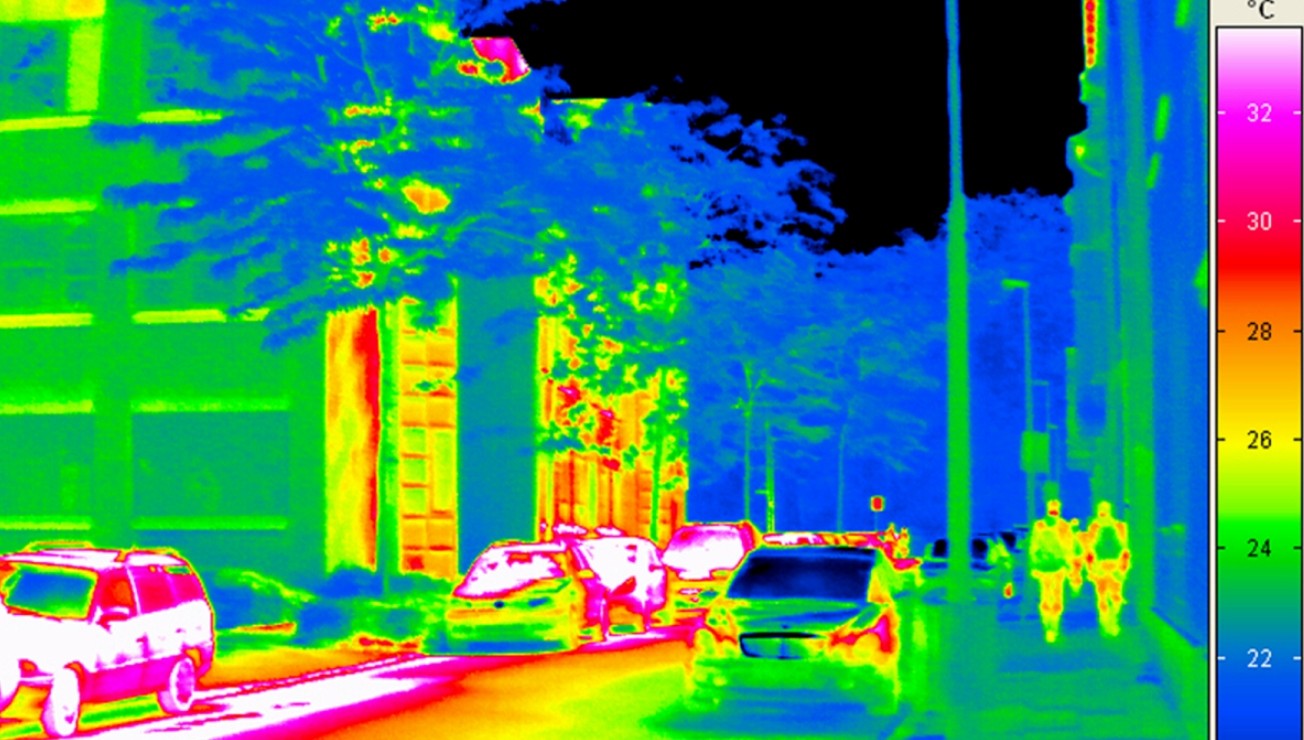The Most Important Function of a Thermal Imager

Thermal cameras are versatile tools, but they can be a significant investment. Knowing the key features can help you define your needs and expectations so you can get your money's worth.
Consider Current and Future Needs
With so many applications for thermal imaging, it's important to understand how to use it and why you should add it to your toolbox. Instead of trying to satisfy many needs, focus on satisfying the needs of your primary users. Otherwise, choosing a general-purpose thermal imaging device may result in a situation that does not fit anyone's needs and is unusable.
Thermal imaging cameras have a wide range of capabilities. Designs can measure the temperature at a specific point or present a snapshot of the thermal characteristics of an area. Some cameras are used to measure distant objects or to focus on a limited temperature range. Size, portability, and even the type of files created vary from device to device.
Take the time to assess your needs and specify the features that best meet those needs. Specific specifications and details on how to use the tool can be used to prioritize features and narrow down your purchasing options.
Key Features to Look For
Some functions are more important than others. The most important factors affect the level of detail in an image but also determine accuracy, reliability, and precision. These six characteristics determine the quality of a thermal imaging camera's measurements.
1. Infrared Resolution
Resolution is often the first specification people evaluate when selecting a thermal imaging camera, and for good reason, it determines image detail and measurement performance. Resolution is based on the number of detector elements in the focal plane and is usually expressed as a number of pixels or horizontal and vertical resolution, for example, 160x120. A 160x120 camera has a detector width of 160 pixels, a height of 120 pixels, and a pixel count of 19,200 pixels.
Another standard resolution is 384x288 (110,592 pixels). Higher infrared resolution improves image detail and the ability to measure targets, even small ones, from farther away.
2. Visual Camera Resolution
Many thermal imaging cameras also include built-in vision cameras. Low-resolution optical cameras help add graphic detail to thermal images through picture-in-picture or blending modes. If you plan to include high-quality visual and thermal images in your reports, look for higher-resolution cameras such as 8 MP. The convenience of capturing thermal and visible images simultaneously will save you time in the field and on reports.
3. Focus
There are three types of focus: fixed, manual, and automatic, each with a specific purpose. Fixed focal length reduces cost and complexity, and provides less sharpness at working distances. Fixed-focus cameras can be a good choice for technicians who need to take quick measurements while working close to equipment or when detailed reporting is not required.
On the other hand, manual focus and autofocus provide sharp images at a wider range of distances and significantly improve image quality. The quality and type of lens, combined with the ability to adjust the focus manually or automatically, determine not only image sharpness but also measurement accuracy. An out-of-focus image will obscure the background temperature of the object being measured and can cause significant errors. This is an important feature that expands the versatility of the camera.
4. Frame Rate
The frame rate of a camera indicates the number of images captured per second. Most products on the market offer frame rates of 9 Hz or slower. Higher frame rates provide operators with smoother video and easier viewing. This is especially important for measurements of fast-moving objects or for panning a scene to inspect larger areas.
5. Warranty
As with any major equipment investment, warranties, and customer service are important. While the best warranties are the ones you'll never need to use, a generous warranty can help safeguard your purchase.
6. Battery Life
One feature that is often overlooked in the buying decision process is battery life. The long battery life comes in handy when you're out in the field or on the job site. You don't want your thermal imaging camera dying while it still has work to do. Thermal Imagers are available with internal or interchangeable (tool style) batteries. For the built-in battery, make sure the runtime is sufficient for a full day of operation. For systems with interchangeable batteries, make sure it contains at least two batteries and that the charger can charge both batteries.
The goal when buying a thermal imaging camera is to get the best features for the price you want. Choosing the best option requires forethought and research. While features like a laser pointer and built-in lighting can be helpful, they have little impact on image quality or camera reliability. The high infrared resolution, good optical resolution, multiple focus modes, high frame rates, and warranties that show companies stand behind their products are more important. If you want to know more about thermal imaging cameras or you want to buy thermal imaging cameras, please contact us.
JAVOL is a professional custom infrared imaging equipment manufacturer. Relying on the multi-spectral high-sensitivity photoelectric sensor chip of advanced compound semiconductor materials, with the deep learning AI algorithm as the engine, integrating low-light night vision technology, infrared thermal imaging technology, short-wave infrared technology, and multi-spectral fusion technology, our company designs, develops and manufactures Advanced imaging products and system solutions are widely used in machine vision, autonomous driving, drone payloads, high-end manufacturing, medical diagnosis and other fields.
